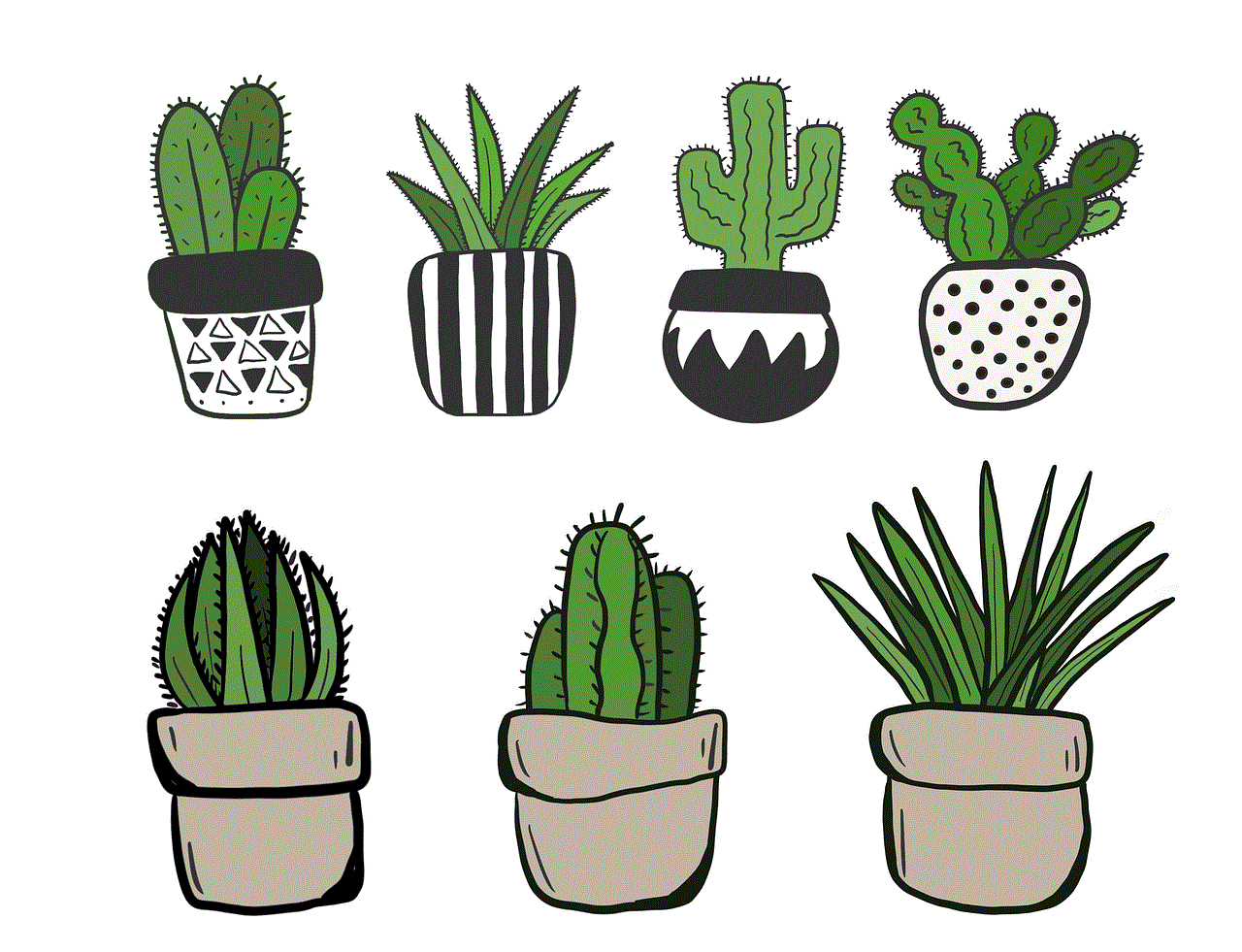wellness challenge this game phone addiction
In today’s digital age, it’s no secret that we are constantly glued to our phones. Whether it’s scrolling through social media, checking emails, or playing games, our phones have become an integral part of our daily lives. While technology has undoubtedly brought convenience and efficiency, it has also brought about a new form of addiction – phone addiction. As a result, many people are now turning to wellness challenges to break their habit of constantly being on their phones. In this article, we will explore the concept of phone addiction and how a wellness challenge can help combat it.
What is Phone Addiction?
Phone addiction, also known as nomophobia (short for no-mobile-phone phobia), is a behavioral addiction that is characterized by excessive and compulsive use of one’s phone. It is a relatively new phenomenon that has emerged with the rise of smartphones and their constant connectivity to the internet. According to a survey conducted by Deloitte in 2018, Americans check their phones an average of 52 times per day, with younger generations checking their phones even more frequently.
Phone addiction can manifest in various ways, including constantly checking for notifications, feeling anxious or agitated when separated from one’s phone, and using the phone in inappropriate situations, such as during meals or while driving. It can also lead to physical symptoms such as eye strain, neck and back pain, and disrupted sleep patterns. Moreover, phone addiction can have detrimental effects on one’s mental health, causing anxiety, depression, and low self-esteem.
Why is Phone Addiction a Problem?
Phone addiction may seem like a harmless habit, but it can have serious consequences. One of the biggest concerns is the impact it has on our relationships. Constantly being on our phones can lead to a lack of real-life interactions, causing strain on personal relationships with friends and family. It can also lead to a decrease in productivity, as people spend more time on their phones instead of focusing on work or other important tasks. Moreover, phone addiction can also have adverse effects on one’s physical health, as excessive phone use can lead to a sedentary lifestyle and poor posture.
The Wellness Challenge Approach
With the growing concern over phone addiction, many people are turning to wellness challenges as a way to break free from their phone habits. A wellness challenge is an organized program that encourages individuals to make positive changes in their lifestyle. It typically involves setting a goal, creating a plan, and tracking progress over a set period of time. A wellness challenge can be focused on various aspects of well-being, such as physical fitness, mental health, or in this case, phone addiction.
A wellness challenge for phone addiction can take many forms, but the overall goal is to reduce the amount of time spent on one’s phone and create healthier habits. Here are some ways a wellness challenge can help combat phone addiction:
1. Setting Realistic Goals
The first step in any wellness challenge is to set achievable goals. In the case of phone addiction, this could mean setting a daily limit for phone usage or designating specific times of the day to use the phone. These goals should be realistic and tailored to each individual’s needs and lifestyle. It’s essential to start small and gradually increase the goals to avoid feeling overwhelmed and giving up.
2. Creating Accountability
One of the benefits of participating in a wellness challenge is the sense of accountability it creates. By involving friends, family, or colleagues in the challenge, individuals can have a support system to hold them accountable for their actions. This can be done through group chats, social media, or even in-person check-ins. Knowing that others are also working towards the same goal can provide motivation and encouragement to stay on track.
3. Implementing Digital Detox Days
A digital detox day is a designated day where individuals completely disconnect from their phones and other electronic devices. This could mean leaving the phone at home or turning it off for the entire day. Digital detox days can help break the cycle of constantly being connected and give individuals a chance to disconnect and recharge. It can also serve as a reminder of the importance of being present in the moment and engaging in real-life activities.
4. Practicing Mindfulness
Mindfulness is the practice of being fully present and aware of one’s thoughts, feelings, and surroundings. It is a powerful tool in combating phone addiction as it helps individuals become more conscious of their phone usage. By practicing mindfulness, individuals can learn to be more intentional with their phone use, instead of mindlessly scrolling through social media. This can also help individuals identify triggers that lead to excessive phone use, such as boredom or stress.
5. Engaging in Other Activities
A common reason for excessive phone use is boredom. People often turn to their phones to fill in the gaps of free time throughout the day. However, a wellness challenge can encourage individuals to find alternative activities to occupy their time. This could include reading a book, going for a walk, or picking up a new hobby. By finding other ways to stay occupied, individuals can break the habit of constantly reaching for their phone.
6. Using Productivity Apps



Ironically, there are also apps available to help individuals combat phone addiction. These productivity apps can track phone usage and set limits on the amount of time spent on each app. They can also block certain apps or notifications during designated times, helping individuals stay focused and reduce distractions.
7. Setting Boundaries
Another crucial aspect of breaking phone addiction is setting boundaries. This could mean creating a phone-free zone in the bedroom or during meals, or simply turning the phone off at a specific time each night. By setting boundaries, individuals can create a healthier relationship with their phone and use it as a tool, rather than a constant distraction.
8. Practicing Gratitude
Expressing gratitude has been shown to have numerous benefits for mental health and overall well-being. In the context of phone addiction, practicing gratitude can help individuals appreciate the present moment and be mindful of the distractions that come with phone usage. By acknowledging what they are grateful for, individuals can shift their focus away from their phones and towards the positive aspects of their lives.
9. Seeking Professional Help
For some individuals, phone addiction may be deeper rooted and require professional help. In such cases, a wellness challenge can serve as a starting point, but it’s essential to seek therapy or counseling to address any underlying issues. A therapist can help individuals work through their addiction and develop healthy coping mechanisms.
10. Continuing the Habits
The ultimate goal of a wellness challenge is to create lasting habits that will continue beyond the challenge period. Breaking phone addiction is an ongoing process, and individuals must continue to practice the habits they have developed during the challenge. By setting realistic goals and implementing healthy habits, individuals can maintain a healthy relationship with their phone and use it as a tool, rather than a crutch.
Conclusion
Phone addiction is a real and growing concern in today’s society. However, with the rise of wellness challenges, individuals have a way to break free from their phone habits and create a healthier lifestyle. By setting realistic goals, creating accountability, and implementing healthy habits, individuals can combat phone addiction and improve their overall well-being. It’s important to remember that breaking phone addiction is an ongoing process, and it requires perseverance and dedication. But with the right approach and support, it is possible to overcome phone addiction and create a healthier relationship with technology.
is my information on the dark web



The dark web is a mysterious and often misunderstood part of the internet. It is the part of the World Wide Web that is not indexed by search engines, and therefore, cannot be accessed through traditional means. The dark web is often associated with illegal activities such as drug trafficking, child pornography, and hacking. However, it is also a haven for individuals seeking anonymity and privacy online. With the rise of cybercrime and data breaches, many people are becoming increasingly concerned about the security of their personal information. This leads to the question, “Is my information on the dark web?”
In order to answer this question, it is important to first understand what the dark web is and how it operates. The dark web is a small part of the deep web, a vast network of websites that are not indexed by search engines. The deep web includes everything from private databases to academic research and even your personal email inbox. The dark web is a subsection of the deep web that requires specific software, such as the Tor browser, to access. This software encrypts your internet traffic and routes it through a series of servers, making it nearly impossible to trace your online activities.
The dark web was originally created for government agencies, journalists, and other individuals who needed to communicate anonymously and securely. However, it has since become a hub for illegal activities due to its anonymity and lack of regulation. This has led to a common misconception that the dark web is only used for illegal purposes. In reality, the dark web is also home to legitimate websites and services, such as anonymous forums, online marketplaces, and whistleblower platforms.
Now, back to the question at hand – is your information on the dark web? The answer is not a simple yes or no. It depends on various factors, including your online habits, security measures, and any previous data breaches you may have been a part of. Let’s take a closer look at these factors to better understand the likelihood of your information being present on the dark web.
Online Habits: Your online habits play a significant role in determining whether your information is on the dark web. If you frequently visit the dark web or engage in activities that are considered illegal, your information is more likely to be present on the dark web. This is because hackers and cybercriminals often target individuals who are already active on the dark web. They can use various methods, such as phishing scams or malware, to access your personal information and sell it on the dark web. Additionally, if you have used your personal information, such as login credentials or credit card details, on the dark web, there is a high chance that they have been compromised.
Security Measures: The security measures you have in place can also determine the likelihood of your information being on the dark web. If you have strong passwords and use two-factor authentication, it is less likely that your information will be present on the dark web. This is because hackers often target accounts with weak passwords or no additional security measures. Additionally, if you use virtual private networks (VPNs) or other encryption methods, it becomes more challenging for hackers to access your personal information.
Data Breaches: A data breach is a security incident in which sensitive, protected, or confidential data is accessed or disclosed without authorization. In recent years, there have been several high-profile data breaches, including those of Yahoo, Equifax, and Marriott. If you have been a part of any of these data breaches, there is a high chance that your information is on the dark web. Hackers often sell this information on the dark web, making it easily accessible to other cybercriminals. This is why it is essential to regularly monitor your accounts for any suspicious activity and change your passwords if you have been a part of a data breach.
Apart from these factors, there are also various ways to check if your information is on the dark web. One of the most common methods is to use a dark web monitoring service. These services scan the dark web for any personal information associated with your email address, credit card numbers, or social security number. If they find any matches, they will notify you and provide steps to secure your information.
Another way to check for your information on the dark web is to use a search engine specifically designed for the dark web, such as Grams. These search engines allow you to search for specific keywords, such as your name or email address, and see if they appear on any dark web websites. However, it is essential to note that this method is not foolproof, as not all dark web websites are indexed by these search engines.
If you find that your information is indeed on the dark web, there are steps you can take to protect yourself. The first step is to change all your passwords, especially those associated with your email and financial accounts. You should also enable two-factor authentication wherever possible. Additionally, if your credit card information has been compromised, it is crucial to contact your bank and cancel the card immediately. It is also recommended to monitor your credit report for any suspicious activity and consider freezing your credit to prevent any unauthorized access.



In conclusion, the dark web is a complex and ever-evolving part of the internet. While it does have a reputation for illegal activities, it also offers individuals privacy and anonymity. Whether your information is on the dark web depends on various factors, including your online habits, security measures, and any previous data breaches. While it is not possible to completely eliminate the risk of your information being on the dark web, taking necessary precautions and regularly monitoring your accounts can significantly reduce the chances of it happening. Remember, staying vigilant and informed is the best way to protect your personal information, both on the surface web and the dark web.
